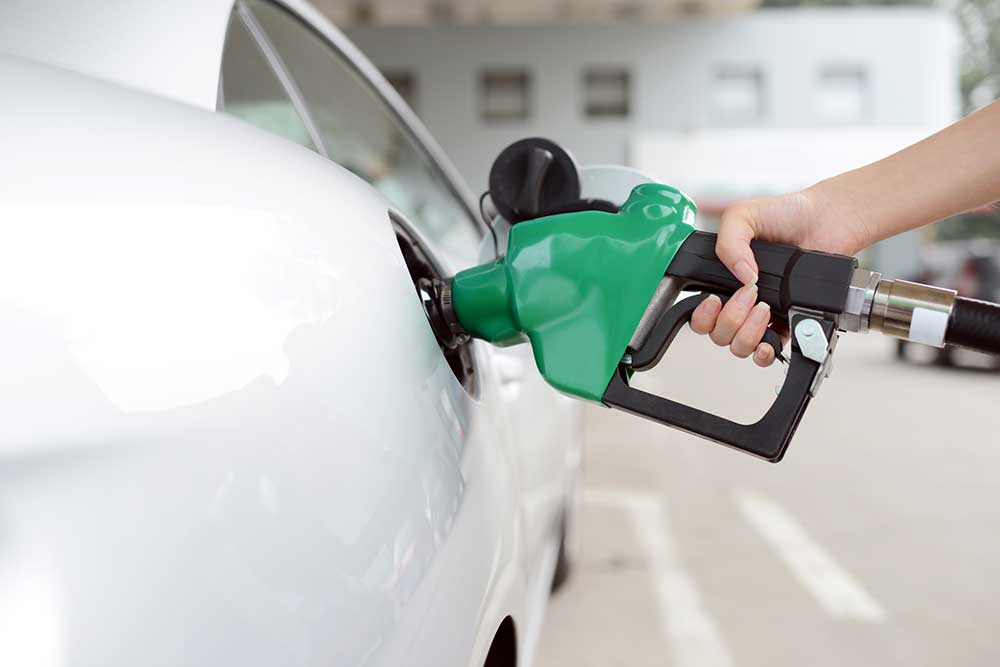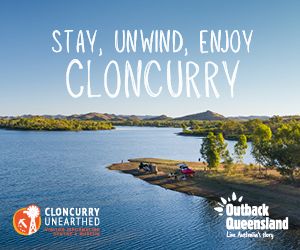Eco-driving benefits the environment and your budget.

Simple changes to the way you drive can have a positive impact on the environment and save you money.
RACQ research found drivers could save up to $400 per year, based on a fuel price of $2 per litre, if they adopted "eco-driving" strategies by reducing fuel use and cutting their vehicle’s carbon emissions.
RACQ Head of Public Policy Susan Furze said eco-driving was the implementation of a series of strategies – including driving techniques, vehicle maintenance and non-driving actions – which reduced the amount of fuel your vehicle used.
"One of the benefits of eco-driving is the reduction in fuel consumption is cumulative – the more strategies used the less fuel is consumed," Ms Furze said.
"Many drivers using eco-driving strategies will see a fuel reduction of up to 15%."
An adoption of eco-driving strategies by all Queensland drivers would have a major impact on fuel use and vehicle emissions.
Ms Furze said annual fuel use across Queensland was estimated to be 4 billion litres.
"If all Queensland drivers practised eco-driving, we would expect a fuel-use reduction of 230 million litres – a cost-saving of $460 million from fuel bills."
Many cars have fuel consumption gauges and drivers can see how their fuel use decreases when using one or more of the strategies.
Driving smoothly is a crucial eco-driving strategy to achieve better fuel economy as the more you brake and accelerate, the more fuel is consumed.
In a manual vehicle, shift through the gears as quickly as possible and always use the highest gear possible as less revs equals less fuel used.
Modern vehicles are designed for fuel efficiency and regular servicing will reduce fuel use.
Maintain tyres at the maximum recommended inflation as this will reduce wear and tear and rolling resistance.
Reducing the impact of weight and drag on your vehicle also increases fuel efficiency.
Excess weight can add up, especially if items are heavy, such as tools.
Removing roof racks may seem minor, but they can cause a lot of wind resistance.
Consider ways you can spend less time behind the wheel because the less time you spend on the road, the less emissions you are creating.
Trip planning (finding the shortest route), sharing trips with others and trip chaining (doing a number of errands in one outing) reduce kilometres travelled.
Ultimately, active alternative such as walking, riding or using public transport will also reduce your emissions.
Eco-driving tips
Driving strategies:
- Watch ahead and cruise smoothly.
- Brake and accelerate gently.
- Use the right gear for the conditions.
- Shift through the gears as quickly as possible.
- Maintain a steady cruising speed on highways and use cruise control where appropriate.
Vehicle strategies:
- Maintain tyre pressure – keep your tyres at the maximum recommended inflation.
- Service your car to the manufacturer’s schedule.
- Remove excess weight and reduce aerodynamic drag.
- Take off roof racks.
Non-driving actions:
- Monitor your fuel use.
- Don’t park and idle.
- Minimise airconditioner use.
- Plan your trips – avoid congestion, combine trips and share rides.
- Consider walking, cycling and public transport instead of driving.
Click here for more eco-driving strategies
Related topics
Things to note
The information in this article has been prepared for general information purposes only and is not intended as legal advice or specific advice to any particular person. Any advice contained in the document is general advice, not intended as legal advice or professional advice and does not take into account any person’s particular circumstances. Before acting on anything based on this advice you should consider its appropriateness to you, having regard to your objectives and needs.



